So, I purchased a piece of land in the countryside in Iceland a year ago, and I'm looking to build a house and greenhouse there. The house has been stuck in all sorts of delays related to architects and approval, so I've been thinking more about the greenhouse lately and have some questions
Here's what I can say for sure. The purpose is to give a permanent year-round home to nmy tropicals. This being Iceland, it's fairly snowy, and *very* windy. Hurricane-force winds are an annual occurance. Last summer I had an empty multi-ton steel shipping crate on my land blown over seven times across flat ground - and summer is the least windy season. The location I want to build is a natural ravine. It starts at the north side of my land (zero depth / a couple meters width), and gets deeper and wider as it descends south into my canyon, opening up at its deepest perhaps 10 meters deep / 15 meters wide, maybe more. Bedrock is shallow - it's even visible on the surface on the south side. A small stream runs through the ravine, fed by artesian springs and seeps; in dry times it only begins halfway down, while in wet times it flows all the way.
I want to start with a structure closer to the shallower end - a roof across the ravine with two walls, no side walls or floor, so as to minimize heat loss and wind profile. I want to design it suchly that should I ever want more space, I just need to remove the south wall and build a new segment further down into the ravine where it's deeper and wider. The initial segment would be perhaps 3-4 meters wide and 5-10 meters long, depending on cost. The stream would be allowed to continue on its natural course; everything would be built around it. The stream is cold, so my plants would be in bottomless pots and raised beds, which I plan to cast out of hypertufa. I'm going to connect both electricity for wintertime lighting (I already own lots of lights, as I grow my plants indoors as-is) and geothermal hot water for supplemental heating (this being Iceland, it's readily available and affordable). I plan to plant a dense shrub windbreak upwind of the greenhouse to act as a wind-(but especially snow)-break.
My questions revolve mainly around glazing and construction.
I have experience with greenhouses, but only small kit greenhouses with film glazing (which I subsequently modified extensively to improve, but never anything on the scale of what I want here, a true permanent durable thing in a harsh environment). I've considered two main routes:
1) Buying a greenhouse - ideally, a disused existing one and recycling it, otherwise a new one - and adapting it to the landscape.
2) Building one from scratch.
I don't know which is the better option. I know how to weld, although I've never worked with aluminum (I want to use aluminum for durability reasons). I have a 12-ton pipe bender and a mig welder. I've never worked with concrete for anchoring the beams but I have plans to learn. I have a guy who operates an excavator for a very reasonable price.
I've never worked with permanent glazing panels (as mentioned, just plastic film) and thus have no clue how one works with them. I assume there's some sort of clips, but how do the panels attach to them and to the frame? What prevents airflow through the gaps between the panels? What sort of precision is needed on the frame alignment to work with panels?
And of course comes the obvious question, what type of panels - glass or plastic, and if so, which varieties? In terms of "used", I found, for example, a disused series of old commercial greenhouses around here with most of its panels broken, but there's still plenty left intact. I could maybe get them cheap or almost free. But then, I dont know why so many are broken. I know there were fires in the area, but the glass doesnt look blackened; if the panels are brittle, I wouldn't want to waste the time. But they could be perfectly fine, I have no idea. Glass in general seems to be the dominant greenhouse material here, but then again, it's also really heavy and kind of a pain to work with. Plastic would allow me to work with larger panels and thus less attachment labor, no risk of cuts, no risks of break during transport, etc. But it's also generally not considered very wind tolerant, and I imagine they're more expensive. Are there any sort of say polycarbonate panels that can actually withstand serious, even potentially hurricane force winds?
Then comes other questions. For example, what sort of rake should the roof have? High rake would be good for getting the snow to slide off and more height for my tropicals to grow, but a low rake would have a lower wind profile and heat loss and use a little less material. And maybe more of an arch than a perfect V so it's a little stronger in the face of wind?
And how to build it? I mean, I'm envisioning a lot of difficulty trying to work with panels or welding while hanging on for dear life to aluminum poles high up in the air. So I assume one would generally assume working with a scaffolding. But then I got to thinking, maybe I could make a tilt-up approach? I was thinking I could possibly get it fully assembled laying flat on the grounds with the top pole functioning as a hinge - the side poles not being welded directly to it, but to larger diameter pipe that can rotate freely around it - and then dragging the whole pre-assembled frame into position (panels and all already attached) and raising it with the excavator, with the side poles slotting into trenches on each side. Then it would just be a matter of getting up on a ladder and welding the "hinge" in a few places so that it can't rotate any more. Does that sound reasonable?
The foundation on each side: which sounds better, bare aluminum poles in the ground, or aluminum in concrete in the ground? Either way, I'd have the excavator bury then.
All of the other stuff: I'll obviously need doors, vent openers (are panels easy to hinge?), etc.
Last question: Am I stupid to think of doing this myself with a little help where needed rather than hiring someone? Because I'd really rather do it myself, if only for the accomplishment.
Thanks for whatever advice you can offer :)
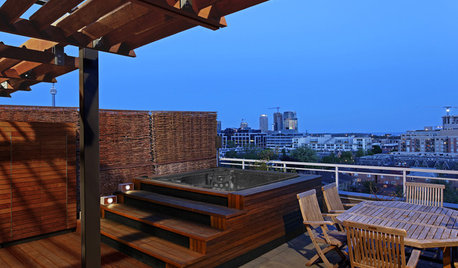
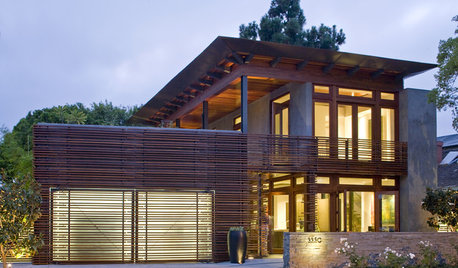
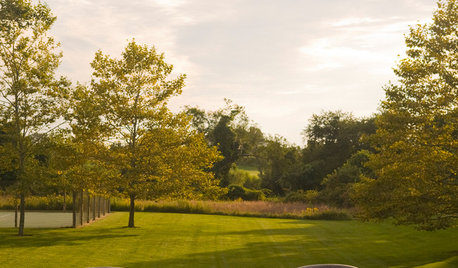
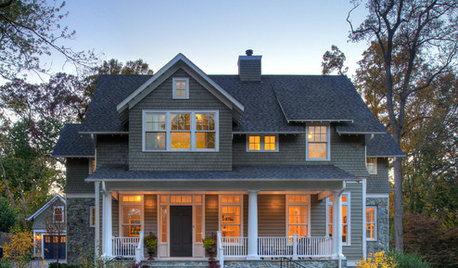
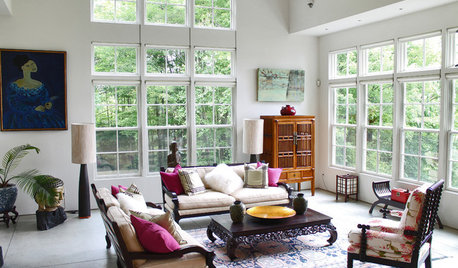
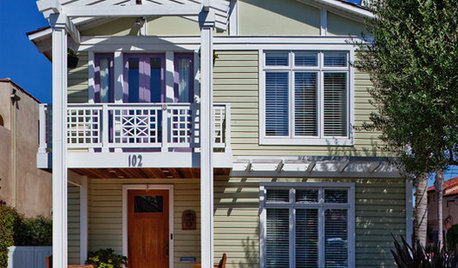

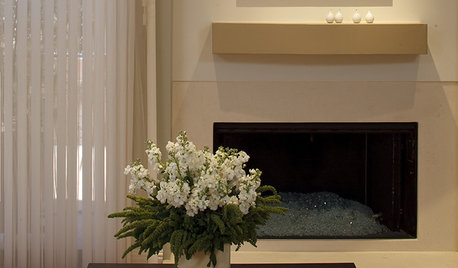
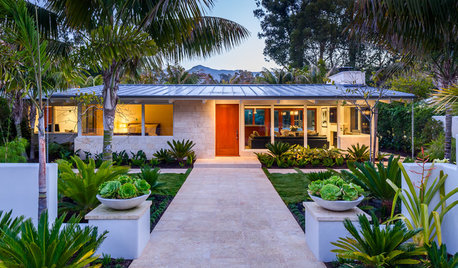
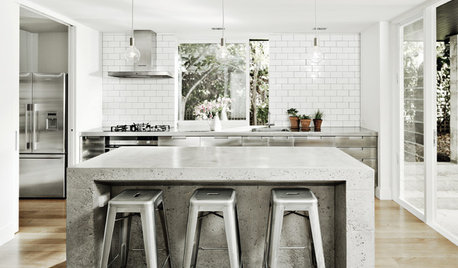




Karen PeaseOriginal Author
Karen PeaseOriginal Author
Related Discussions
Is is it possible to actually cool a greenhouse in summer?
Q
help me landscape a greenhouse corner....
Q
Avoid Marvin Integrity and possibly the Company
Q
Meyer Lemon tree producing so many (too many?!) flowers!
Q
karin_mt
Karen PeaseOriginal Author
karin_mt
Karen PeaseOriginal Author
karin_mt